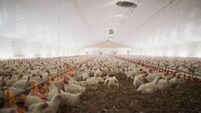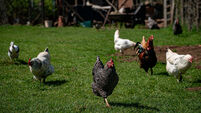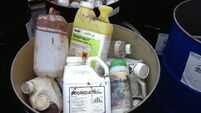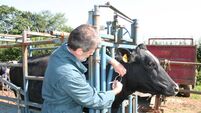'It makes us look like barbarians': No prosecution after white-tailed eagle poisoned in Kerry
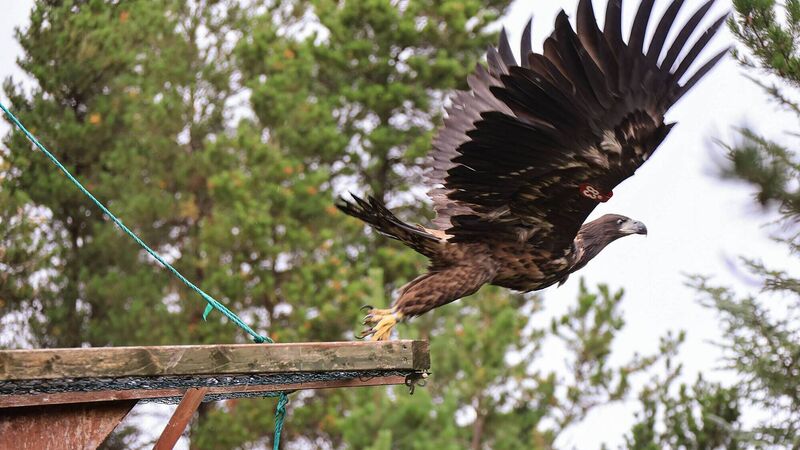
It is estimated that there are now approximately 150 individual eagles in the wild in Ireland, enough to maintain and sustain the population. Photo: Valerie O'Sullivan/NPWS
The National Parks and Wildlife Service (NPWS) has been unable to prosecute following the poisoning of one of their white-tailed eagles.
The white-tailed eagle female was found dead earlier this year, only a few weeks following the discovery of a separate eagle poisoning.
A toxicology test carried out found that the young female was poisoned with a substance known as Carbofuran, an insecticide which has been banned in Ireland since 2007. White-tailed eagles are opportunistic feeders and will avail of carrion, which makes them vulnerable to poisoned bait.
The eagle was discovered in Glencar, Co Kerry, following a search for the bird after several days of inactivity, as indicated by data from its satellite tags. The eagle was a chick released in 2024 as part of the NPWS’s reintroduction programme, with the eagles being sourced from Norway.
A spokesperson for the NPWS regarding the poisoning of the female eagle said: “Despite extensive inquiries and a public appeal for information, no further evidence has emerged. NPWS therefore regrets to confirm that there is insufficient evidence to provide a realistic prospect of prosecution in this case at this time.”
The organisation continues to appeal to the public to report any information on wildlife crimes to An Garda Síochána or via the NPWS website.
Bird Watch Ireland Head of Communications and Development, Niall Hatch, said: “These eagles have been reintroduced into Ireland, are gifts of the country of Norway and the Norwegian people.
"And when we see these kinds of killings happening in Ireland, it creates a very bad impression. It makes us look like barbarians in Ireland.”
This investigation follows that of another suspected white-tailed eagle poisoning of one of Ireland’s oldest breeding males.
Caimin (Y) was one of the first chicks released into Killarney National Park as part of the reintroduction programme in 2008. This May, he was discovered dead from a suspected poisoning in Clare.
Despite Caimin’s demise in May, his current mate, Bernardine is still said to be raising their chicks at their nest site in Mountshannon.
Speaking at the time of the discovery of the death of Caimin, Divisional Manager at NPWS, Eamonn Meskell, said: “The main threat to the species in Ireland is persecution, predominantly through shooting and the illegal use of poison and wind turbine strikes.
"The misuse/illegal use of poisons accounts for nearly 50% of eagle deaths where the cause of mortality was able to be determined.”
Human persecution is one of the main causes of death among the white-tailed eagle populations. Last year alone, there were two eagles killed via shooting. One in March 2024, located in Roscommon, and another in Westmeath in December 2024.
Another poisoning also occurred in East Galway in March 2025.
Discussing the recent string of poisonings, Mr Hatch said: “It's important to stress that the laying of any kind of poisoned meat in Ireland or anywhere in the EU is completely illegal. It's a serious crime,” adding the eagles pose “no threat to people or livestock”.
Regarding the eagle shooting in March of last year, a spokesperson said: “NPWS have carried out a thorough investigation... And found that there is not enough evidence to provide a realistic prospect of a conviction for any offence.”
The shooting in December 2024 and poisoning in March 2025 both remain under investigation.
Discussing the topic, an IFA spokesperson said: “The IFA is very disappointed by the recent incidents involving white-tailed eagles. These birds have become an important part of Ireland’s biodiversity, and such acts of persecution are deeply concerning.
"We encourage anyone with information to come forward to help ensure these iconic birds can continue to thrive in Ireland.”

